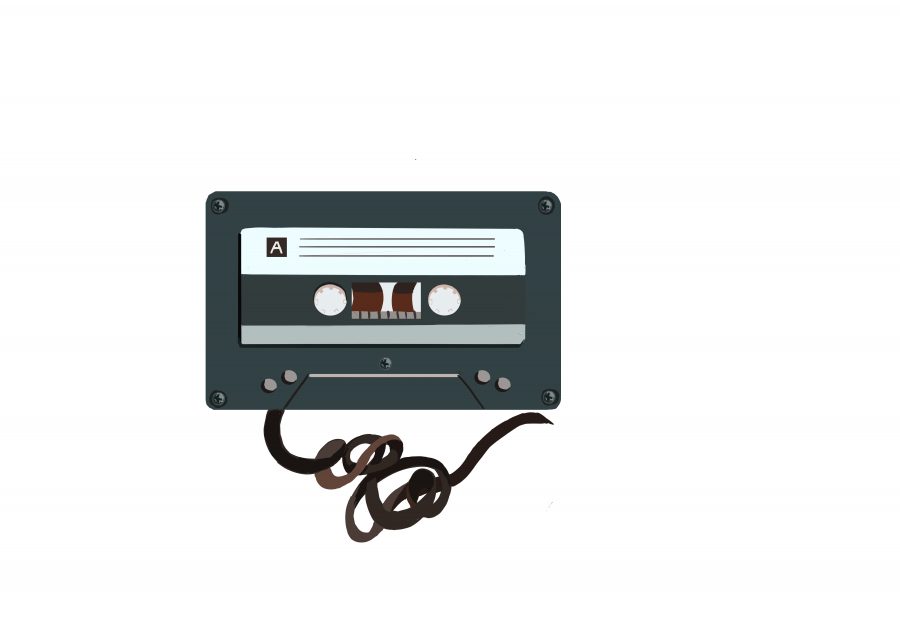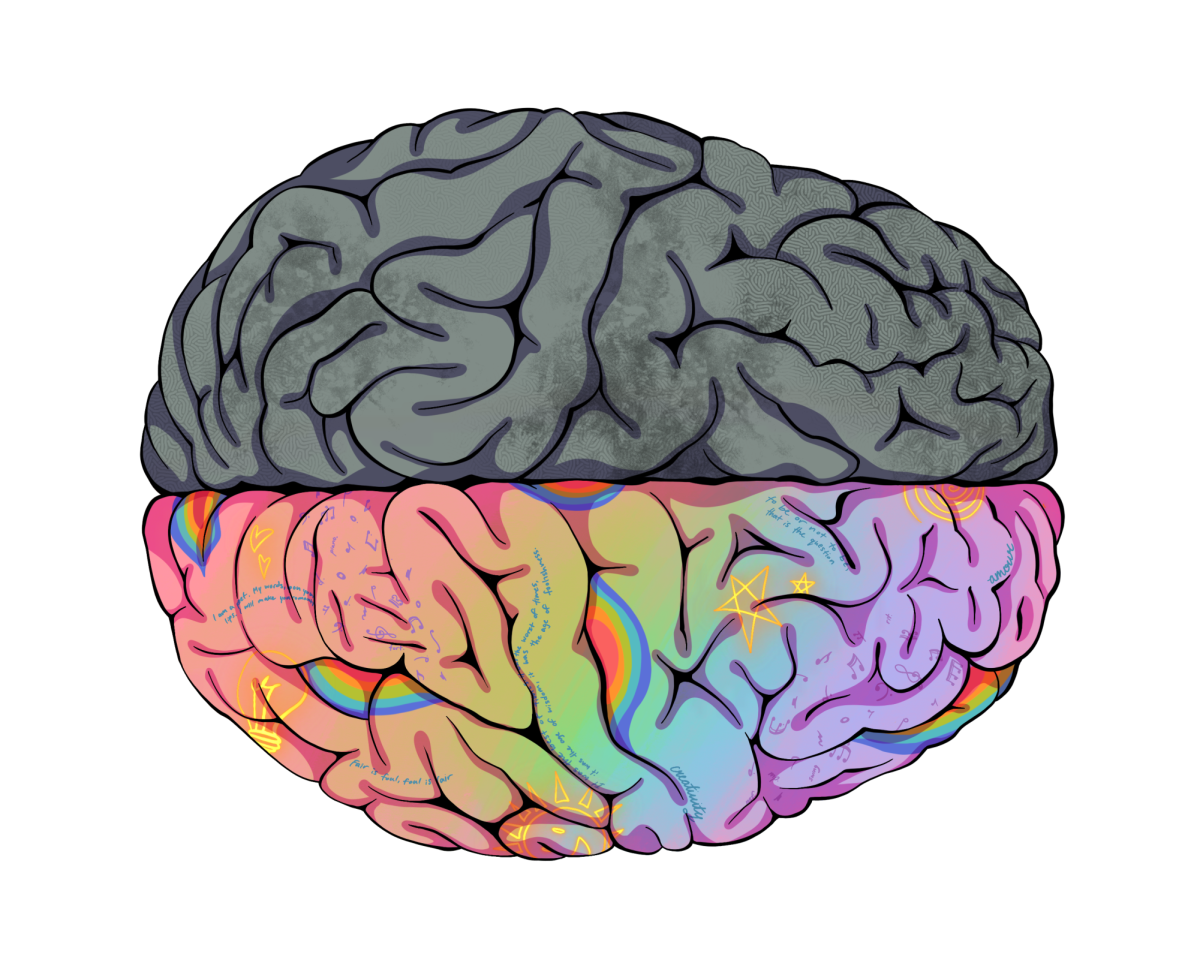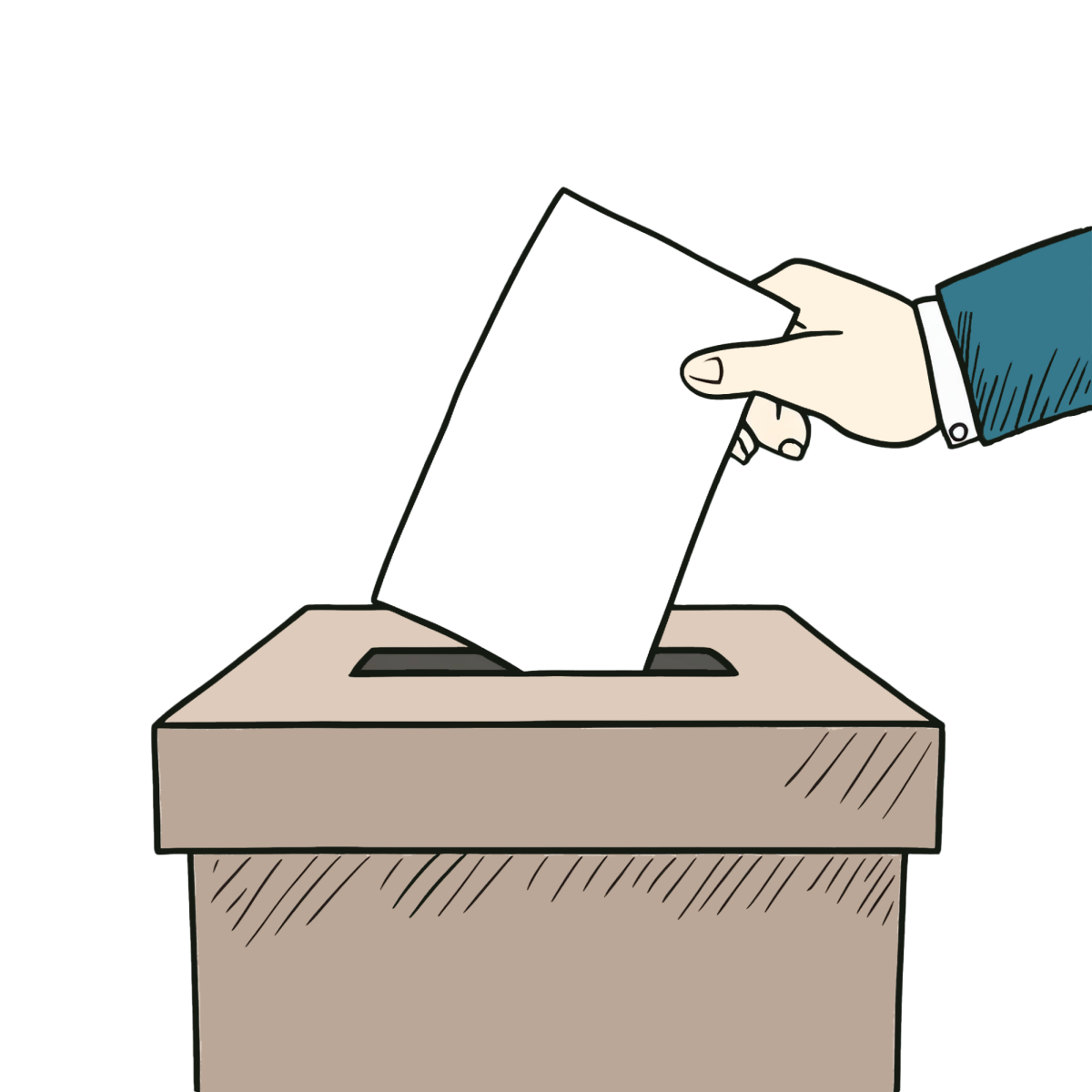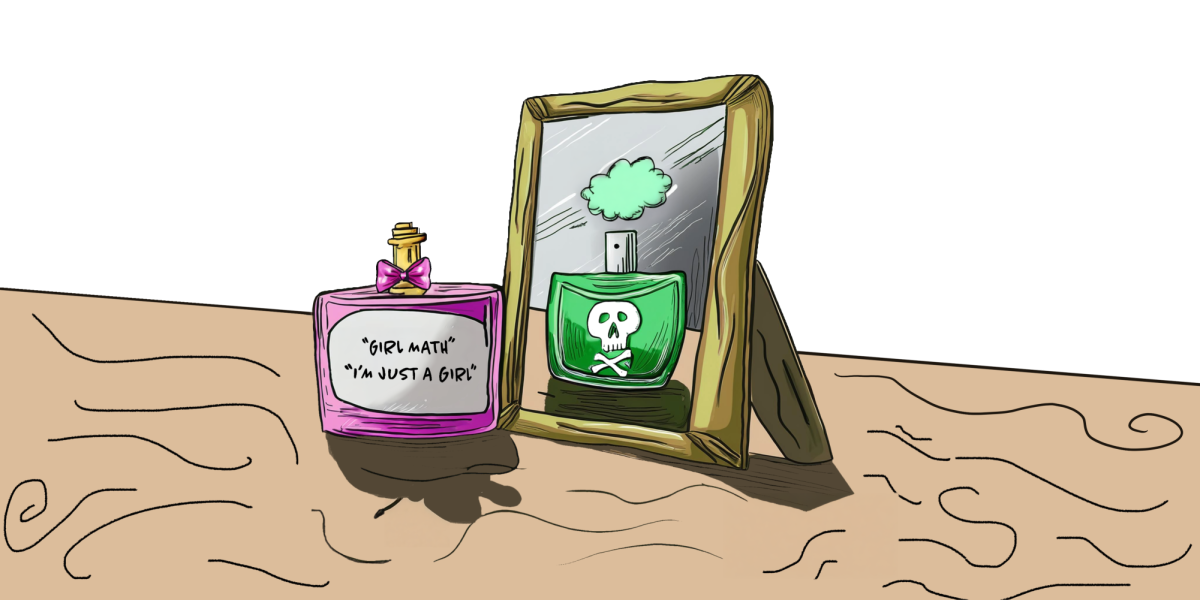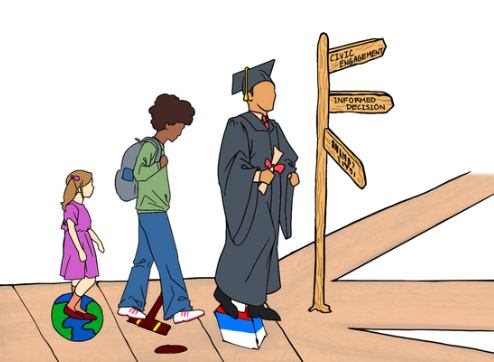Written by Grace Ding
“13 Reasons Why,” a Netflix original series adapted from Jay Asher’s novel, has quickly garnered attention—from adults and teens, critics and fans alike—after its release on March 31. The 13 episodes follow 13 tapes that high schooler Hannah Baker made to detail reasons why she committed suicide. Through its honest and often painful portrayal of suicide, depression, bullying and sexual assault, “13 Reasons Why” is a step in the right direction for suicide awareness and prevention efforts. Media is a powerful influencer that can have a profound impact on adolescents’ thinking and behavior; as such, the popularity of the show effectively sheds light on and opens discussions on relevant and important issues.
Through the narration of all the events in Hannah’s life leading up to her suicide, the show confronts the real and harmful effects of bullying, gossip and rumors, harassment, and rape. In an effort to represent the challenges teenagers may inflict on each other, 13 Reasons Why shows Hannah’s negative experiences with her peers, including being bullied and slut-shamed by her classmates and those she considered to be friends. The show’s portrayal of Hannah’s narrative before her death and the reactions of her peers listening to the tapes after her death provide a contrasting perspective that illustrates an important and universal lesson—think before you act, and don’t underestimate the power of your actions to impact others. On a similar note, the show demonstrates that a cry for help may not always be obvious. The audience is able to pick up on Hannah’s suicidal signs knowing how her story ends; Hannah’s friends, family and classmates, however, can only retroactively look back on the signs they missed. This unfortunately common occurrence provides a powerful message that we can do much more to understand suicidal signs. Thus, in addition to reminding us that we don’t know what’s going on in someone else’s life and that it’s crucial to be kind to each other, the show brings awareness to potential signs of suicide. This increased awareness ultimately helps society approach suicide, bullying, peer-pressure, sexual assault, and more related issues.
In addition, “13 Reasons Why” does not shy away from the rawness of Hannah’s suffering, which is important in showing the honest pain of death by suicide. The show’s decision to not sugarcoat or gloss over the devastating effect of her suicide on her friends and family—particularly seen through Clay’s recurring breakdowns while getting through the tapes and the uncomfortable scene in which Hannah’s parents discover her dead—is crucial in shedding light on the real impact of suicide on the community left behind. Some critics have claimed that the show glorifies suicide by emphasizing the attention Hannah receives only after her death and through her tapes. However, the show’s commitment to honest and painful scenes does the opposite of glorifying her choice, instead showcasing how difficult her decision was on herself and everyone around her.
At the end of the day, “13 Reasons Why” is a fictional story whose success depends on a captivating plot and engaging characters; as such, it is not a documentary, nor is it meant to generalize all suicides, accurately portray mental health or offer a solution to any problem. Instead, the show effectively portrays struggles of high school and adolescence that may not receive as much attention as they deserve. Rather than criticizing the flaws of the show, it is more productive to appreciate its important message. The story sheds light on parts of the adolescent experience, but beyond that, the responsibility shifts to parents, adults, and society to continue fostering better understanding and improvement on how we address issues that the show tackled.


